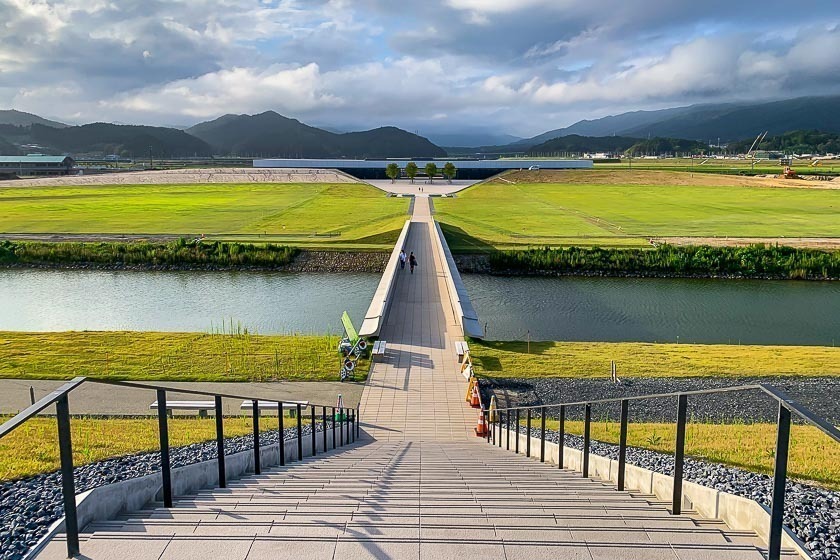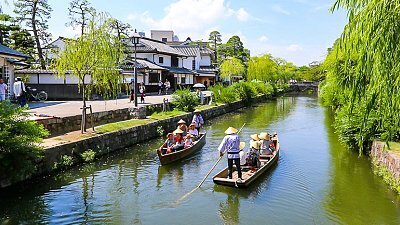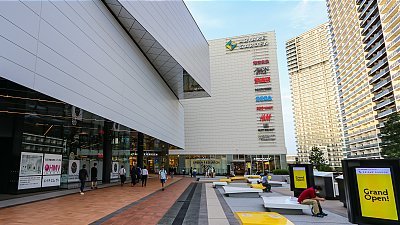Travel Highlights 2020
2020 has been a pretty crazy year, I'm sure it was for everyone of us. The pandemic caught everyone by surprise and many of us had to halt and scrap our travel plans, myself included. However, the year still flew by, and I will forever recall 2020 not by the seasons, but based on the various stages outlined by the government: state of emergency, please refrain from going out, domestic travel is okay again, and refrain from going out once again. Almost all my travel this year was done before the state of emergency was announced and during the "domestic travel is okay again" period, and were done following the safety manners and requests outlined by the government.
Given how much travel was curtailed, I still managed to visit 24 out of 47 prefectures in 2020. My most visited prefecture was Nagano, which I went more than ten times. Additionally, I visited a few more cities, which I had never been before, and those made up the majority of my 2020 highlights. Read on to find out what my top five highlights for 2020 are, and hopefully that might give you some travel inspiration for your next trip!
#5: Apple picking in Kuroishi, Aomori Prefecture
It was my first time picking apples in Japan, and no better place than in Aomori. The prefecture grows about 60 percent of the apples in Japan, and the Fuji apple, the most popular apple variety, was first cultivated in Aomori about 80 years ago. End October found me in Kuroishi, southwestern Aomori, and it was the middle of apple season. I had a grand time picking and eating apples, though I was a little too early to pick Fuji apples. I was really impressed by the locals who knew all their local apple varieties just be looking at the tree, and some just by looking at the fruit!
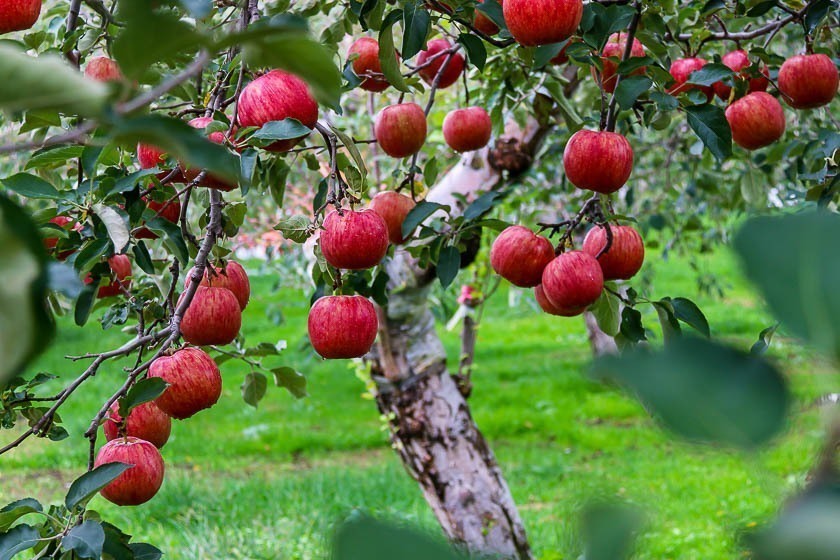
#4: Art Biotop Water Garden, Nasu
2020 was the year I finally made it to the Nasu region on a Chotto Zeitaku trip in August. The region is about an hour from Nikko in Tochigi Prefecture, and is where many artisanal bakeries, museums, hipster coffee houses and restaurants call home. One of the places I wanted to visit was The Art Biotop Water Garden, which was on my list of places to visit for the longest time. The landscaped garden is known for its ponds of varying sizes and tall trees, and stepping into the garden almost transports one into a different world. One day in Nasu-Shiobara was simply too short, and I decided quickly that there would have to be at least a second and third visit.
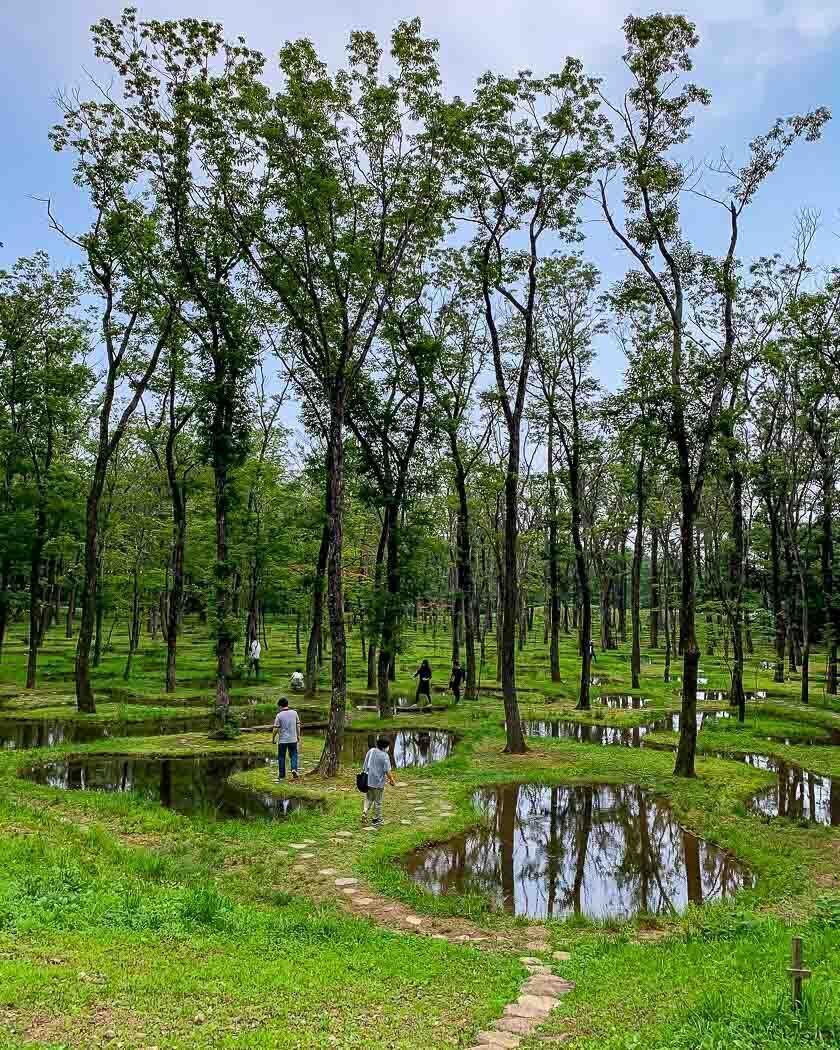
#3: Akan-Mashu National Park, Hokkaido
I visited Akan-Mashu National Park, in eastern Hokkaido, in mid January when the land was all covered in snow. The national park is made up of three caldera lakes: Lake Mashu, Lake Akan and Lake Kussharo, as well as a number of active volcanoes. This winter visit allowed me to experience day time temperatures of minus 15 degrees Celsius, kayaking in the Kushiro River, see wild animals like eagles, deer and foxes, and provided panoramic wintry landscapes. I also had the opportunity to enjoy the hot springs in the national park, which were very welcomed in the cold. Some of my best buys of 2020 were baby marimo algae balls, which grow naturally in Lake Akan. I'm pleased to report that my marimo are still alive after almost a year!
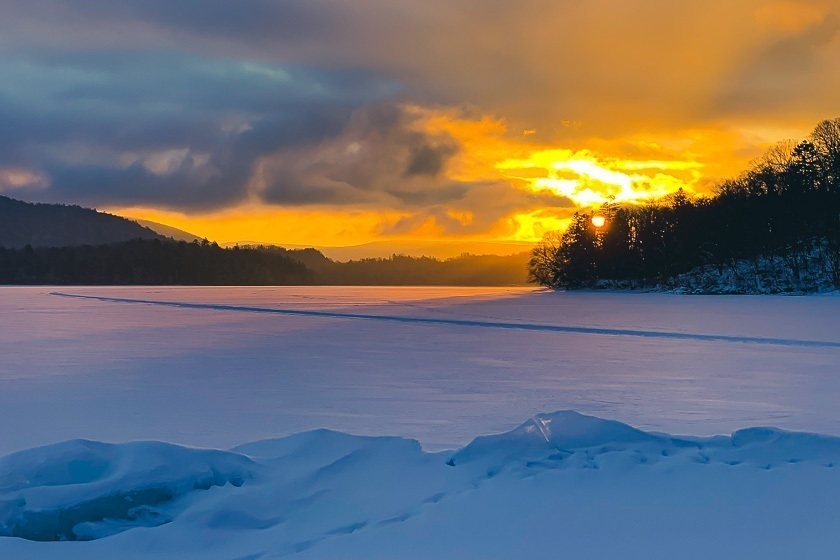
#2: Keramashoto National Park, Okinawa
I spent about a week in Okinawa Prefecture in early January this year, visiting three of the Kerama Islands: Tokashiki Island, Zamami Island and Aka Island. It was my second visit to the Kerama Islands, the last time being about four years ago. As Okinawa is located in the subtropics, the weather in January was nice and warm enough to wear short sleeves in the day time, a point which the summer child in me absolutely loved. Activities that are popular on the Kerama Islands include snorkeling, swimming, diving and sunbathing. I went snorkeling and saw some green turtles munching on sea grass up close, as well as a host of other marine fish. On this trip, I had some boat cancellations due to strong winds and high waves, which made it quite memorable. However, it all ended well, and my advice to those planning to go is to give yourself at least a buffer day or two as boat cancellations can throw a wrench in your plans.
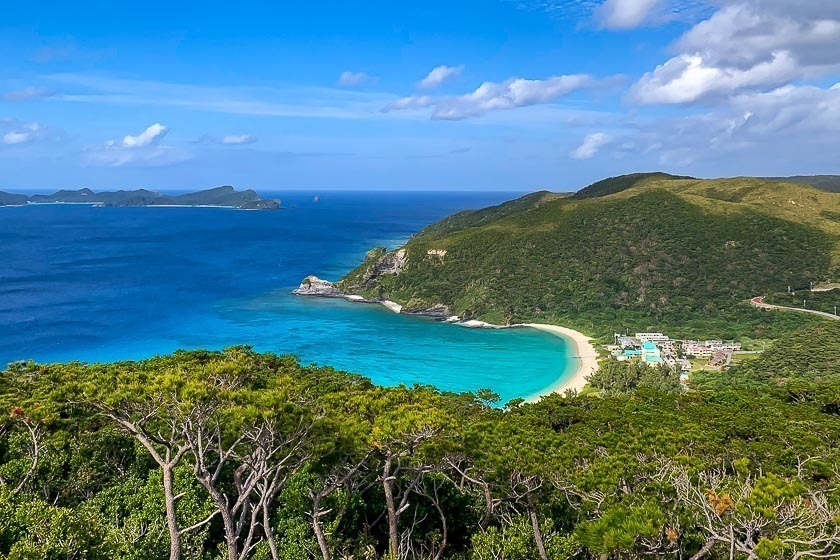
#1: Iwate Tsunami Memorial, Sanriku Coast
In late August, I went on a trip to the Sanriku Coast, which was hit by a huge tsunami after the earthquake on March 11, 2011. I spent three days walking and driving a part of the Michinoku Coastal Trail, which connects villages and towns along the coast. The trail starts in Hachinohe in Aomori Prefecture and continues all the way south to Soma in Fukushima Prefecture. Along the way is the excellent Iwate Tsunami Memorial, which is located in Rikuzentakata, one of the cities worst hit by the tsunami. The museum exhibits many items from the disaster, giving one a sobering look at the destructive force of nature and the resilience of the people who had to rebuild their lives.
